http://www.cheatsheet.com/automobiles
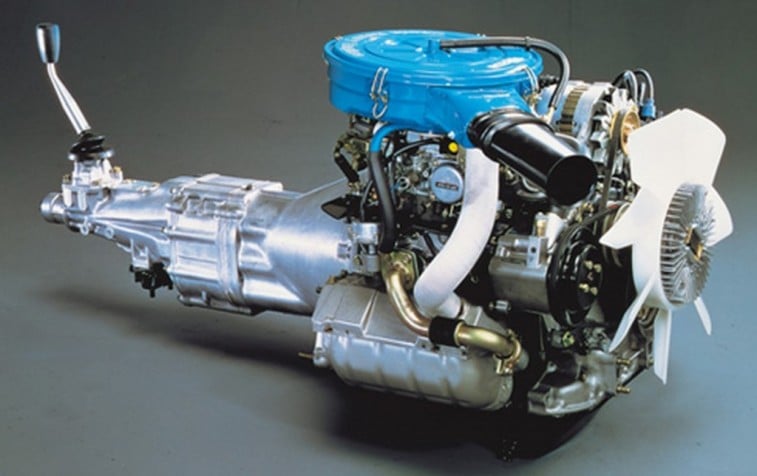
Source: Mazda
Half a decade back, Car and Driver did
this fun little piece
on unique car engines and they included everything from tank engines
to late 1800s oddballs. Novelties aside, we remain focused on production
cars over here at the Cheat Sheet; so to hell with all of the really
strange stuff, let’s offer a list of (at one-time) purchasable cars.
Thinking outside the box does not always constitute a brilliant
design. While engineers may want to change the face of autos as we know
it, there is a huge difference between smart and practical. Mazda’s
rotary engines were an incredibly clever creation, but few people know
how to work on them, so engine maintenance is a hassle to say the least.
Many of the engines on this list are also increasingly hard to find,
for most of these vehicles have been out of production for some
time. Parts are increasingly scarce. Those who do seek them out either
pay a premium, or get them for next to nothing because no one wants to
deal with them.
Probably the wildest aspect of this article is that this list just
scratches the surface — there have been countless other cars in history
that packed some seriously strange power. But for us, these next ten
engines were a cut above the rest, and even though they worked, it is
unclear as to if any of their influence carried on in the cars we see
today.

Source: Toyota
1. Toyota Previa
In 1994, Toyota began slapping superchargers on the 2.4 liter engines found in their minivans. Since
nobody supercharges
a minivan, we had to include this one on the list, and this engine was
not only odd because it was supercharged (something Toyota is not known
for at all) but in that it featured a unique mid-engine layout
directly beneath the front seats. While the motor was sound in design,
its positioning was not, and changing spark plugs typically involved
removing a passenger seat, carpet, and an access panel just to get to
the damn thing.
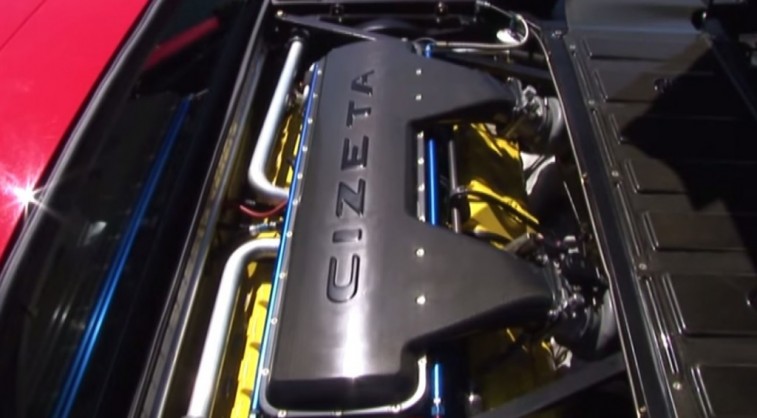
Source: Youtube
2. Cizeta V16T
Oh what a mess this car was, and it had so much potential too!
Originally introduced in 1988, this Italian sports car offered a 560
horsepower, 6.0-liter motor that was not a V16 at all, but two V8
engines that shared a single block and were joined at the hip by a
timing case. To say that these things were complicated would be quite
the understatement, and we don’t even want to think about what it would
be like to service one of these behemoths.

Source: Mazda
3. Mazda/NSU Wankel Rotary
The Mazda/NSU Wankel motor is a type of rotary combustion engine that
was first conceived in the early 1960s by Felix Wankel, a German
engineer. While the idea of a giant camshaft flopping around inside an
engine willy-nilly may have sounded like a piss-poor design at first, it
proved to be quite a hit for the Japanese automaker, who eventually
took the design and put it into production vehicles for several
decades. These lightweight engines were horrible on gas, but they packed
one hell of a punch, especially when equipped with a turbocharger like
in the late Mazda RX-7.
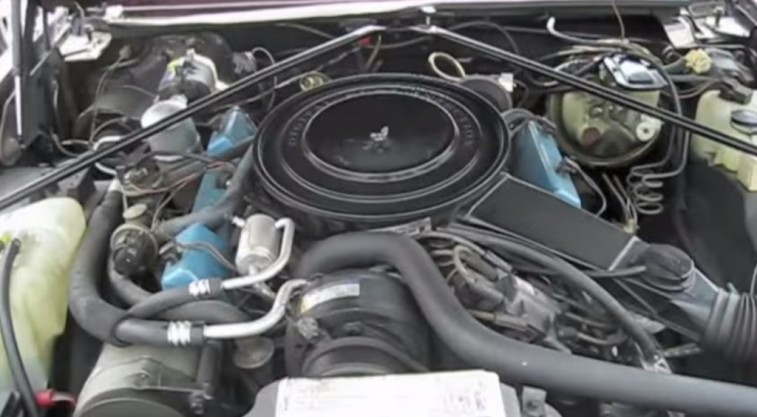
Source: Youtube
4. Cadillac V8-6-4 (L62)
In 1981, Cadillac and the Eaton Corporation designed a cylinder
deactivation system called “Modulated Displacement.” This “engine of the
future” also ran real-time diagnostic scans while driving,
and Cadillac was so certain that its L62 was a game-changer, that
it installed this system on every model. But Cadillac was using
technology from the early 1980s, so the computer could not
effectively manage cylinder-deactivation all of the time, and dealers
would sooner deactivate the system than try and track down any
electrical bugs in it.
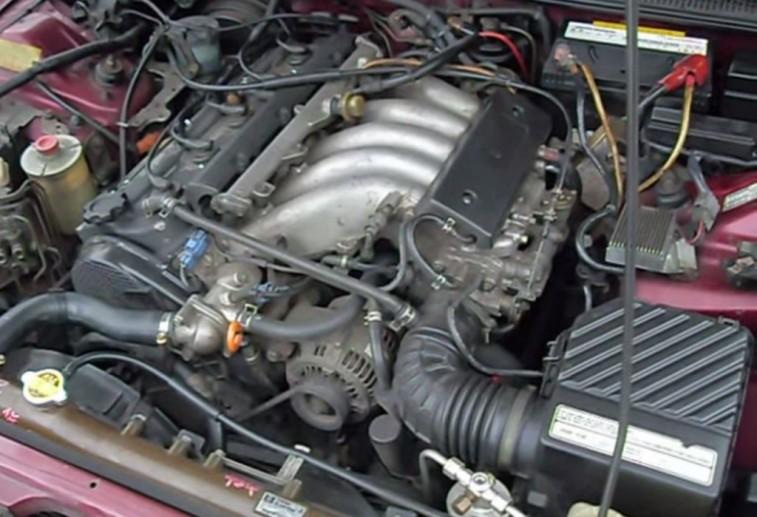
Source: Youtube
5. Honda G-Series
This slant five cylinder engine was found in both the Acura Vigor and
in the first generation TL, and looks like it would be more at home in
something like a Volvo or an Audi. Honda claimed that being mounted
further back, it gave the car a 60/40 weight distribution and argued
that the inline-five offered more power than a four-cylinder but was
smoother than a V6. While this engine was solid, the cars it came in
were lame, thus dooming this rarity to a nine-year production time.
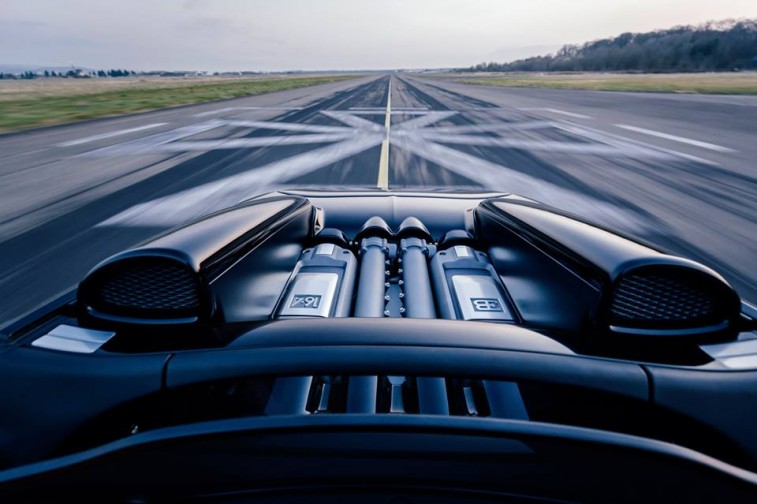
Source: Facebook/Bugatti
6. Bugatti W16
The Veyron’s W-16 is one of the most powerful and complex production
engines in history, and it has an equally strange configuration to match
all that oomph. It’s a mid-engine, 64-valved, quad-turbocharged, 1,000
plus horsepower freak-show, and while its production has officially been
discontinued, the Veyron’s W-shaped, 16-cylinder powerplant does indeed
still look like a group of Volkswagen engines melted together.
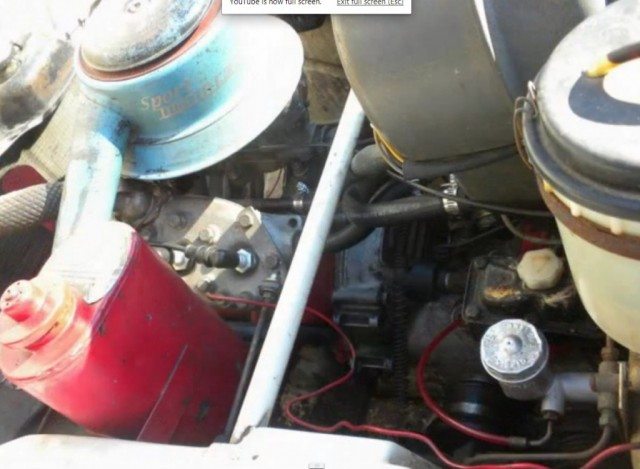
Source: Youtube
7. Saab 96
While it was adorable on the outside, this longitudinally
mounted, 57 horsepower, triple carburetor, three-cylinder oddball was an
anomaly like no other under the bonnet. Efficient when working, this
piece of prehistoric power was a hot mess to fix when something went
awry. So within a few years, Saab replaced the three-cylinder oddity
with a V4 that brought forth considerably more power, reliability, and a
slew of rally cars.
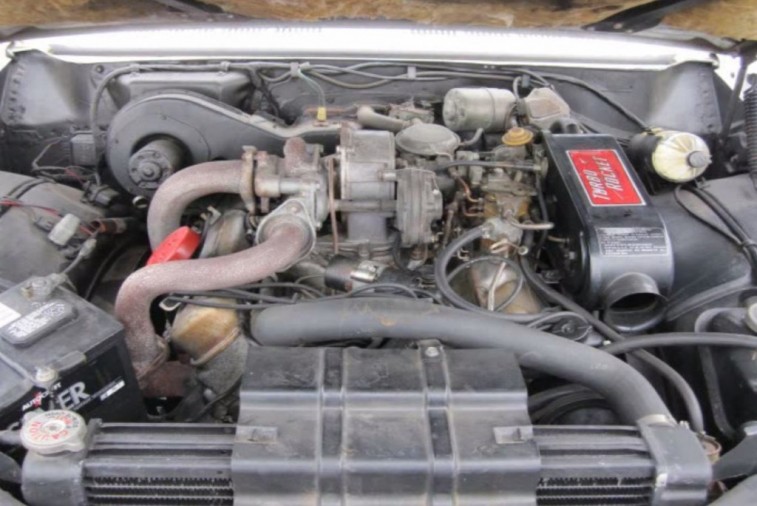
Source: Youtube
8. Oldsmobile Jetfire
In the early 1960s, Oldsmobile built a car with a turbocharger, and
while it may have not been a beast, the car did see a lot of unique
engine firsts for the auto world. GM used what it called “Turbo-Rocket
Fluid,” which was a blend of distilled water and methyl alcohol in the
intake manifold to cool the air going to the turbo, but mechanical
issues with the turbocharger system and people forgetting to refill
their “Turbo-Rocket Fluid” reservoirs plagued GM incessantly.

Source: YouTube
9. Tucker 48
Part airplane engine, part water-cooled mid-engine marketing, the
Tucker 48 really had the potential to be great. The flat-six plane
engine put down 166 horsepower, was designed to be both serviceable and
reliable, and Tucker engines were tested at full throttle for over 150
hours just to see how they would hold up. But after several public
scandals involving the company’s owner hit the headlines, the company
folded, leaving us to wonder how different the auto world would have
been if Tucker’s fighter-jet engine cars had taken-off.
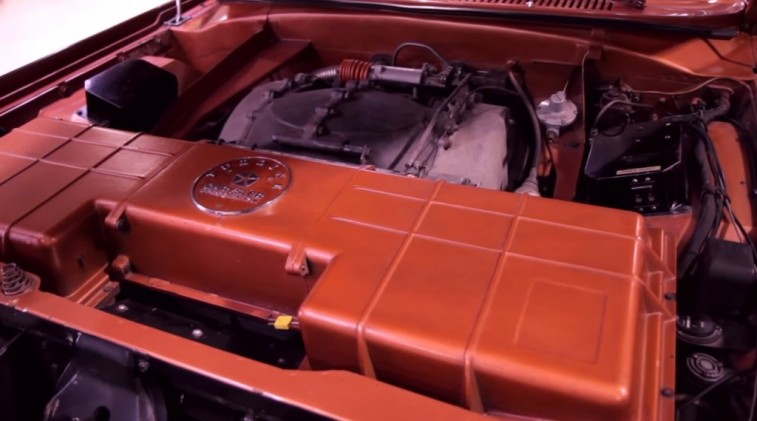
Source: Youtube
10. Chrysler Turbine
Chrysler’s Turbine Car had an actual jet turbine for a powerplant and
it would run on virtually any combustible fluid imaginable — including
diesel, gasoline, kerosene, jet fuel, moonshine, or even vegetable oil.
In one of the more interesting publicity stunts in history, Chrysler
challenged the President of Mexico at the time to run the car entirely
on tequila, which he did in the midst of thorough fanfare. But according
to some, the car sounded like a giant vacuum cleaner, and lamented the
fact that bench seats were rendered useless due to the massive turbine
housing that ran down the center of the car. The car also didn’t like to
start when at higher altitudes, and many found the start-up procedure
to be quite tedious. Even though the car’s turbine engine produced an
insane amount of torque, it tended to fall flat on its face at higher
speeds.










No comments:
Post a Comment